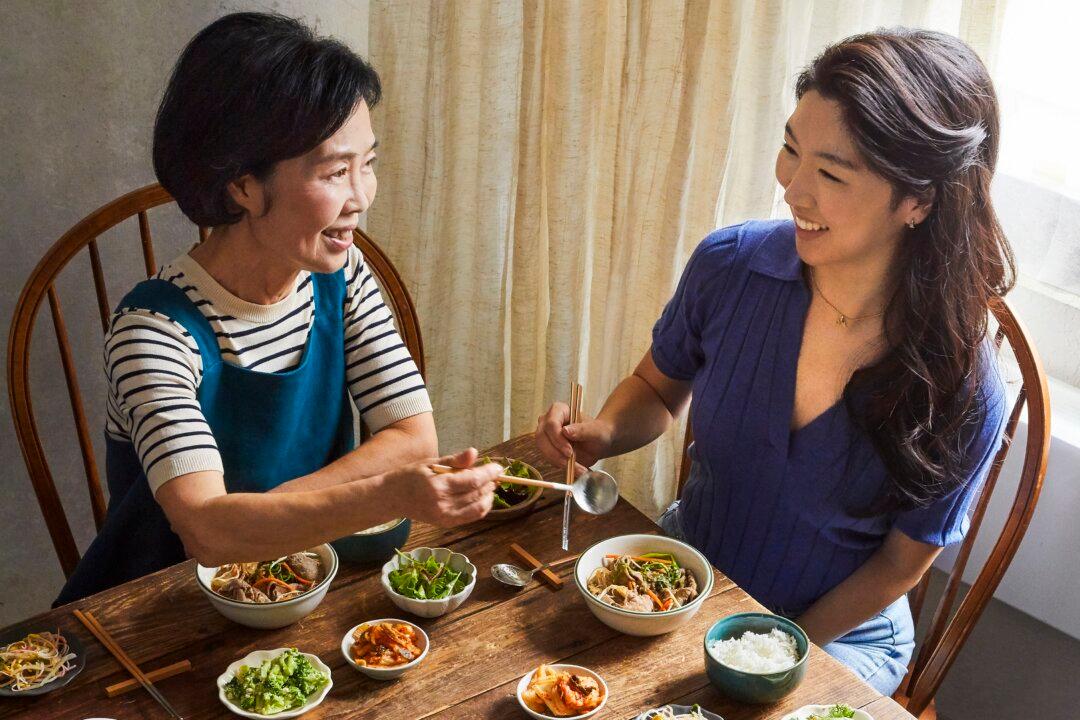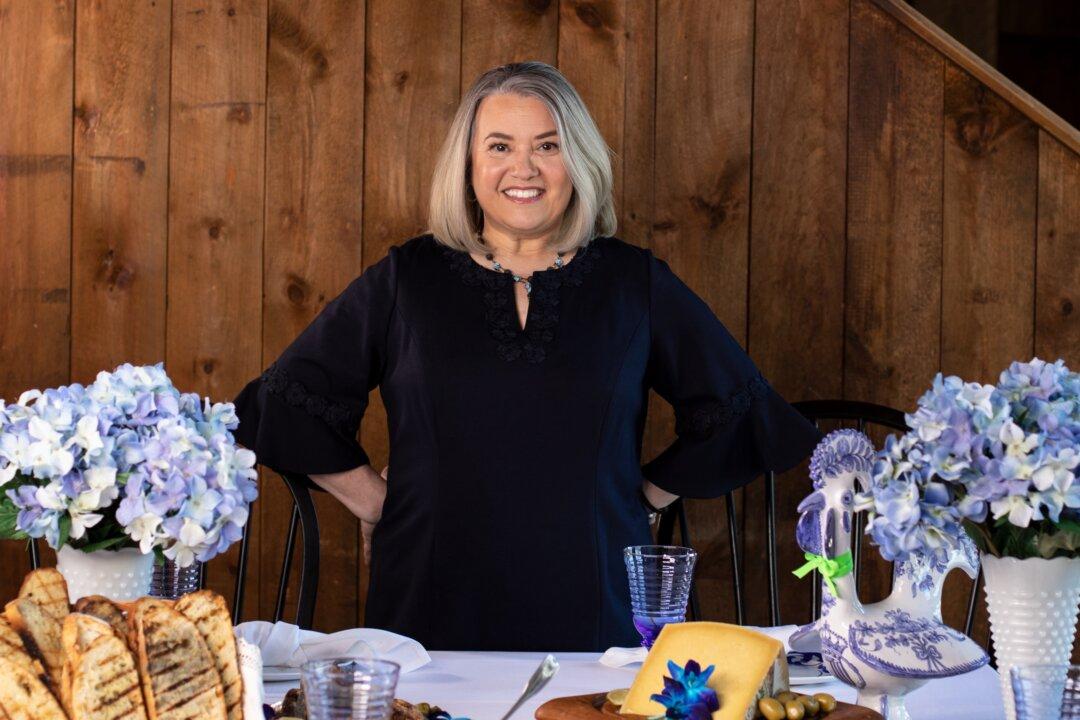There’s no place like home for the holidays—except perhaps Colonial Williamsburg. Here, the air smells like gingerbread, the clip-clopping of horse hooves travels up and down the lane as they pull carriages, and the a cappella voices of a choir sing Christmas carols on the street corner.
Christmas in Colonial Williamsburg
Christmas is a feast for all the senses, and Colonial Williamsburg jumps in with both feet to celebrate the season.“On our yearly calendar we have five seasons,” said Nathan Ryalls, the manager of guest experiences at Colonial Williamsburg. “Spring, summer, fall, winter, and holiday.”





